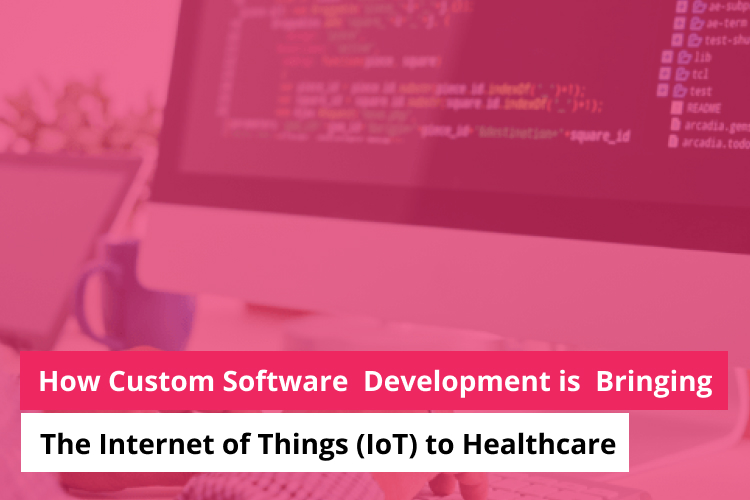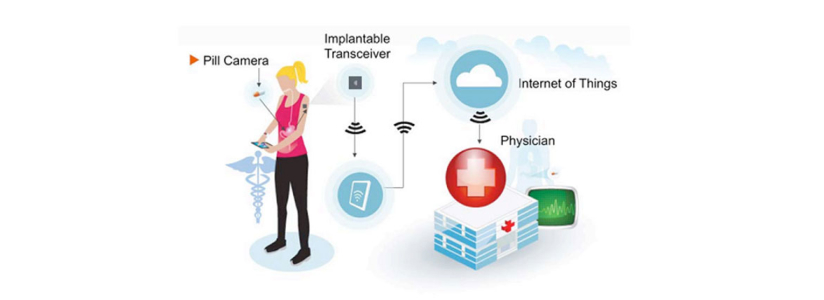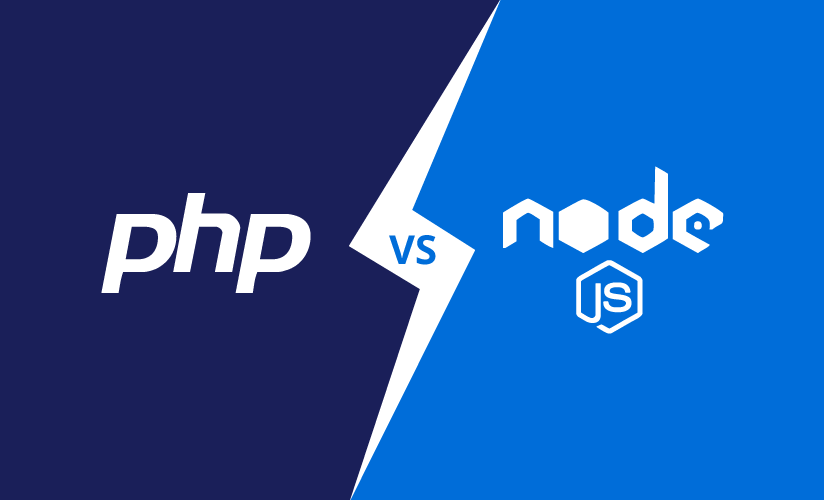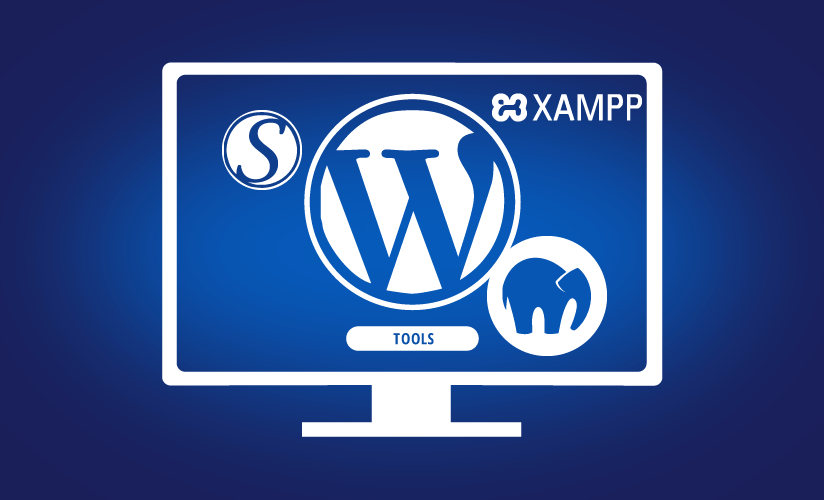Connecting the Dots: How Custom Software Development is Bringing the Internet of Things (IoT) to Healthcare

Are you struggling to keep up with the demands of the rapidly-evolving healthcare industry? Stay along to get an edge!
As technology continues to advance, the healthcare industry is at the forefront of innovation, adopting cutting-edge technologies to improve patient care and streamline operations. One of the most exciting technological advances in recent years is the Internet of Things (IoT), which involves the connection of everyday devices to the internet, enabling them to collect and exchange data. By leveraging the power of the IoT, custom software development is transforming healthcare in remarkable ways.
Imagine a world where patients can be monitored remotely, medical assets are tracked in real time, and hospitals operate with greater efficiency. This is the future of healthcare, and it is being made possible by custom software development that integrates the IoT. With IoT-enabled custom software, healthcare providers can deliver more personalized care, reduce costs, and improve patient outcomes.
In this blog, we will take a closer look at how custom software development is connecting the dots between healthcare and the IoT. We will explore the benefits that this integration can bring to patients and healthcare organizations alike, from improved patient engagement to better asset tracking.
We will also highlight some of the best practices for custom software development in healthcare, and examine some of the most exciting developments in the field. So, fasten your seat belts and get ready for a journey into the world of custom software development and the Internet of Things in healthcare!
What is the Internet of Things (IoT)? 
In the healthcare industry, the Internet of Things (IoT) refers to a network of medical devices, wearables, and sensors that are connected to each other and to the internet, allowing for the collection and exchange of data in real-time. This data can be used to monitor patients remotely, improve clinical decision-making, and enhance patient outcomes.
IoT devices in healthcare can include wearable devices that track vital signs, such as heart rate and blood pressure, and transmit this data to healthcare providers. Connected medical devices, such as blood glucose monitors and insulin pumps, can also provide real-time data on patient health and help to manage chronic conditions.
- The global healthcare IoT market is projected to grow from $72.5 billion in 2020 to $188.2 billion by 2026, at a CAGR of 18.2% from 2020 to 2026 (MarketsandMarkets).
- The market for remote patient monitoring is expected to reach $31.3 billion by 2023, growing at a CAGR of 17.9% from 2018 to 2023 (MarketsandMarkets).
- The global market for wearable medical devices is projected to reach $27.8 billion by 2026, growing at a CAGR of 29.0% from 2019 to 2026 (Market Research Future).
- The market for IoT in clinical trials is expected to reach $1.8 billion by 2027, growing at a CAGR of 15.8% from 2020 to 2027 (Grand View Research).
- The number of connected medical devices is projected to reach 50 billion by 2022 (IHS Markit).
- The global healthcare IoT security market is projected to grow from $4.4 billion in 2020 to $15.8 billion by 2025, at a CAGR of 29.9% from 2020 to 2025 (MarketsandMarkets).
- The market for IoT in telemedicine is expected to reach $12.1 billion by 2025, growing at a CAGR of 20.8% from 2020 to 2025 (MarketsandMarkets).
- The global IoT in the healthcare market for asset tracking is projected to grow from $746 million in 2020 to $2.1 billion by 2025, at a CAGR of 23.4% from 2020 to 2025 (MarketsandMarkets).
- The market for IoT in medication management is expected to reach $4.4 billion by 2025, growing at a CAGR of 19.5% from 2020 to 2025 (MarketsandMarkets).
- The market for IoT in patient safety is projected to reach $2.9 billion by 2025, growing at a CAGR of 14.7% from 2020 to 2025 (MarketsandMarkets).
The Potential Benefits of IoT in Healthcare? 
In healthcare, IoT devices are used to collect and analyze data from patients, medical equipment, and hospital systems, to improve patient outcomes, streamline healthcare operations, and reduce costs. IoT devices and systems can be used for a range of healthcare applications, such as remote patient monitoring, smart hospitals, predictive analytics, and medical asset tracking.
The potential benefits of IoT in healthcare are vast. By collecting and analyzing real-time data, healthcare providers can gain valuable insights into patient health, enabling early interventions, reducing hospital readmissions, and improving patient outcomes. IoT-enabled devices can also help healthcare providers to streamline operations, reduce costs, and improve resource utilization.
Custom software development is critical for the development and implementation of IoT solutions in healthcare. Custom software development enables the creation of secure, HIPAA-compliant platforms for collecting and analyzing real-time health data from IoT devices. It also enables the creation of IoT solutions that can be integrated with other healthcare systems, such as EHRs and telemedicine platforms, to provide real-time health data to healthcare providers.
Overall, the Internet of Things (IoT) is transforming healthcare by enabling healthcare providers to collect and analyze real-time data to improve patient outcomes and reduce healthcare costs. Custom software development is playing a crucial role in the development and implementation of IoT solutions in healthcare, enabling the creation of secure, HIPAA-compliant platforms and the integration of IoT solutions with other healthcare systems.
How is Custom Software Development Enabling IoT in Healthcare?
Custom software development is playing a crucial role in the development and implementation of IoT solutions in healthcare. Here are some examples of how custom software development is bringing the Internet of Things (IoT) to healthcare:
Remote Patient Monitoring:
Remote Patient Monitoring is a healthcare application of the Internet of Things (IoT) that enables healthcare providers to remotely monitor patient health using IoT-enabled devices, such as wearables and sensors.
With Remote Patient Monitoring, patients can use IoT-enabled devices to track their vital signs, such as heart rate, blood pressure, and blood sugar levels, and share this information with their healthcare providers in real time. Healthcare providers can then use this information to monitor patient health, detect potential health risks, and intervene early to prevent adverse health outcomes.
Custom software development is critical for the implementation of Remote Patient Monitoring solutions in healthcare. Custom software development enables the creation of secure, HIPAA-compliant platforms for collecting and analyzing real-time health data from IoT devices. It also enables the integration of Remote Patient Monitoring solutions with other healthcare systems, such as EHRs and telemedicine platforms, to provide real-time health data to healthcare providers.
The benefits of Remote Patient Monitoring are vast. Remote Patient Monitoring enables healthcare providers to monitor patient health in real-time, improving patient outcomes, and reducing healthcare costs. By detecting potential health risks early, healthcare providers can intervene before a condition worsens, reducing the need for hospitalization and emergency room visits. Remote Patient Monitoring can also improve patient engagement and satisfaction by providing patients with greater control over their health and enabling them to communicate more effectively with their healthcare providers.
Smart Hospitals:
Smart Hospitals is another healthcare application of the Internet of Things (IoT) that uses IoT-enabled devices and systems to improve the efficiency, safety, and patient experience in hospitals.
In a Smart Hospital, IoT-enabled devices and systems are used to automate various hospital operations, such as patient check-ins, room cleaning, and medication dispensing. These devices and systems communicate with each other and with the cloud to enable real-time data collection, analysis, and automation.
Custom software development is critical for the implementation of Smart Hospitals. Custom software development enables the creation of secure, HIPAA-compliant platforms for collecting and analyzing real-time data from IoT devices and systems. It also enables the integration of Smart Hospital systems with other healthcare systems, such as EHRs and telemedicine platforms, to provide real-time health data to healthcare providers.
The benefits of Smart Hospitals are significant. Smart Hospitals can improve patient safety by reducing the risk of medical errors and hospital-acquired infections. Smart Hospitals can also improve the patient experience by automating hospital operations, such as check-ins and room cleaning, and providing patients with access to real-time health data and personalized care.
Predictive Analytics:
Predictive analytics is the use of data, statistical algorithms, and machine learning techniques to identify the likelihood of future outcomes based on historical data. In healthcare, predictive analytics is used to forecast patient outcomes, identify potential health risks, and improve resource utilization.
Custom software development is critical for the implementation of predictive analytics in healthcare. Custom software development enables the creation of secure, HIPAA-compliant platforms for collecting and analyzing patient health data, and the integration of predictive analytics solutions with other healthcare systems, such as EHRs and clinical decision support systems.
The benefits of predictive analytics in healthcare are significant. Predictive analytics can improve patient outcomes by identifying potential health risks early and enabling healthcare providers to intervene before a condition worsens. Predictive analytics can also improve resource utilization by optimizing healthcare operations, such as hospital staffing and bed utilization.
For example, predictive analytics can be used to identify patients who are at high risk of hospital readmission, enabling healthcare providers to intervene early and reduce the risk of readmission. Predictive analytics can also be used to forecast patient demand for hospital services, enabling hospitals to optimize their staffing and bed utilization.
Medical Asset Tracking:
Medical Asset Tracking is an IoT-enabled solution that uses real-time location tracking to monitor and manage medical equipment and assets in healthcare facilities. With Medical Asset Tracking, healthcare providers can track the location, status, and condition of medical equipment, such as infusion pumps, ventilators, and wheelchairs, in real time.
Custom software development is critical for the implementation of Medical Asset Tracking in healthcare. Custom software development enables the creation of secure, HIPAA-compliant platforms for collecting and analyzing real-time location data from IoT devices, such as RFID tags and Bluetooth beacons. It also enables the integration of Medical Asset Tracking solutions with other healthcare systems, such as EHRs and inventory management systems.
The benefits of Medical Asset Tracking are significant. Medical Asset Tracking can improve asset utilization by enabling healthcare providers to locate and allocate medical equipment more efficiently. Medical Asset Tracking can also reduce equipment loss and theft, and enable preventative maintenance, improving equipment lifespan and reducing replacement costs.
For example, Medical Asset Tracking can be used to monitor the location and condition of high-value medical equipment, such as imaging machines, reducing the risk of theft and equipment downtime. Medical Asset Tracking can also be used to optimize equipment utilization by monitoring equipment usage and identifying underutilized equipment, enabling healthcare providers to redistribute equipment to areas of higher need.
Improved Patient Engagement:
Improved patient engagement is a key benefit of custom software development in healthcare. By creating intuitive and interactive software applications, patients can become more engaged in their own healthcare, leading to better outcomes and higher patient satisfaction.
Custom software development allows healthcare providers to create personalized applications that provide patients with access to their health records, appointment scheduling, medication tracking, and remote monitoring of their health conditions. Patients can also use these applications to communicate with their healthcare providers, allowing for more efficient communication and better coordination of care.
One example of improved patient engagement through custom software development is the use of patient portals. Patient portals provide patients with secure access to their health records, allowing them to view their test results, medication lists, and appointment schedules. Patients can also use these portals to communicate with their healthcare providers, request medication refills, and schedule appointments.
Another example of improved patient engagement through custom software development is the use of telemedicine platforms. Telemedicine platforms allow patients to connect with their healthcare providers through video conferencing, enabling remote consultations and care. This is particularly useful for patients who have difficulty traveling to healthcare facilities or who live in remote areas.
Best Practices of Custom Software Development in Healthcare:
Custom software development in healthcare requires careful planning, design, and implementation to ensure that the resulting applications are secure, HIPAA-compliant, and effective. Here are some best practices for custom software development in healthcare:
Define clear goals and requirements:
Before beginning custom software development in healthcare, it is important to clearly define the goals and requirements of the application. This includes identifying the target users, the desired functionality, and the necessary security and compliance features.
Involve stakeholders:
Involving stakeholders, including healthcare providers, patients, and IT staff, in the software development process is essential to ensure that the resulting application meets the needs of all users.
Focus on security and compliance:
Healthcare applications must be designed with security and compliance in mind. This includes implementing secure authentication and access control measures, encrypting data in transit and at rest, and following HIPAA regulations.
Use agile development methodologies:
Agile development methodologies, such as Scrum and Kanban, are well-suited to healthcare software development. These methodologies allow for flexibility and continuous improvement, enabling the development team to respond quickly to changing requirements and user feedback.
Test early and often:
Thorough testing is critical to ensure the quality and effectiveness of healthcare applications. Testing should be conducted throughout the development process, including unit testing, integration testing, and user acceptance testing.
Use modern technologies:
Custom software development in healthcare should leverage modern technologies, such as cloud computing, machine learning, and IoT, to enable innovative solutions and improve patient outcomes.
Follow software development best practices:
Custom software development in healthcare should follow established software development best practices, including code review, version control, and continuous integration and deployment.
Conclusion:
The Internet of Things (IoT) is transforming healthcare by enabling healthcare providers to collect and analyze real-time data to improve patient outcomes and reduce healthcare costs. Custom software development is playing a crucial role in the development and implementation of IoT solutions in healthcare. By connecting devices and systems to the internet, custom software development is bringing the Internet of Things (IoT) to healthcare and transforming the industry for the better.
Similar Posts

PHP vs Node.js – Which is the Better Programming Language?
So, before understanding which is a better programming language, it is essential to know why they are different. PHP is a server-side script. It is one of the most popular, mature, and ubiquitous scripts available on the web. On the other hand, Node.js is not a script at all. It’s one of the back-end development […]...

Top 3 WordPress Development Tools
WordPress developers do most of their work in test environments. If you are a WordPress developer or a company offering WordPress development services, you need an excellent WordPress development tool....

Scaling React.js Applications: Architectural Patterns and Performance Optimization
Are you struggling to keep your React.js application running smoothly as it grows in size and complexity? Do you face performance bottlenecks and wonder how to handle an ever-expanding user base? Fear not, for we have the perfect solution to your scaling woes! Welcome to our comprehensive blog on “Scaling React.js Applications: Architectural Patterns and […]...







